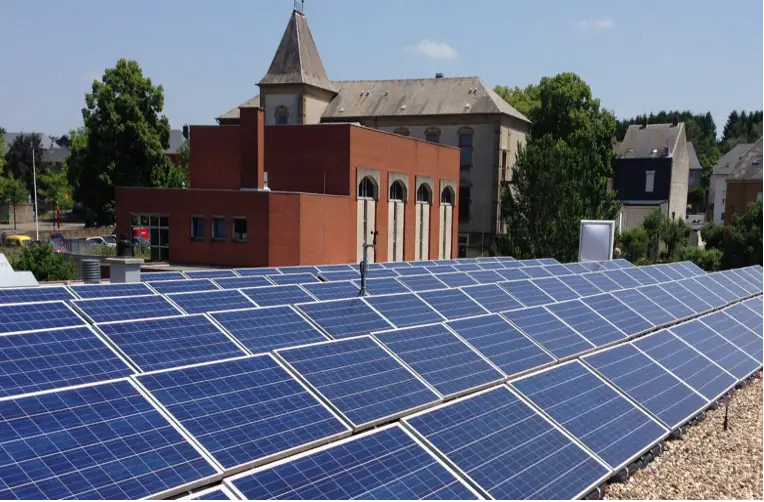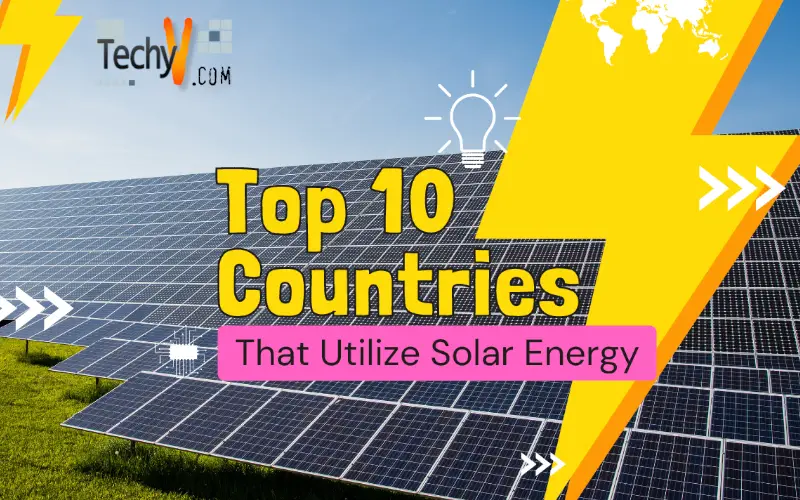In this world where energy sources are required more than ever, anything that gives us energy is very valuable. As the majority of the population uses non-renewable sources of energy, which are now getting depleted at a faster rate, renewable sources of energy are gaining more importance and getting more popular. One of the most utilizable renewable sources of energy is none other than Solar energy. In this, the Solar power which is given by the sun is converted into electrical or thermal energy, using appropriate gadgets and methods. Solar energy is not only renewable but inexpensive and easy to obtain in many parts of the world.
1. Australia
Solar photovoltaic generated around 10 percent of Australia’s electricity from 2020 to 2021 and is the fastest-growing electricity generation in Australia. More than 30 per cent of Australian homes now have rooftop PV systems with a total capacity of over 11 GW. They have an Installed capacity, megawatts: 17,627, and Watts per capita are 637. The share of the world’s total is 2.5%.
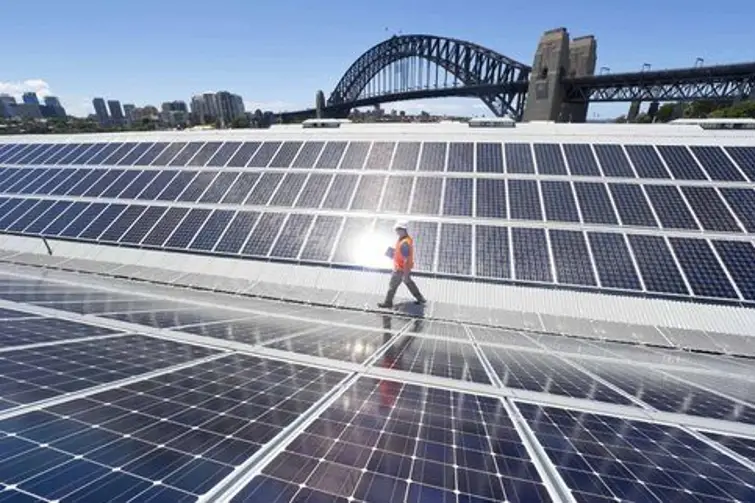
2. Germany
Germany has a solar energy capacity of 53,783 megawatts. The watts per capita are 593. The share of the world’s total is 7.5%. Solar energy in Germany has grown significantly since 2004 due to the feed-in taxes for renewable energies introduced by the EEG and the falling costs of photovoltaics.
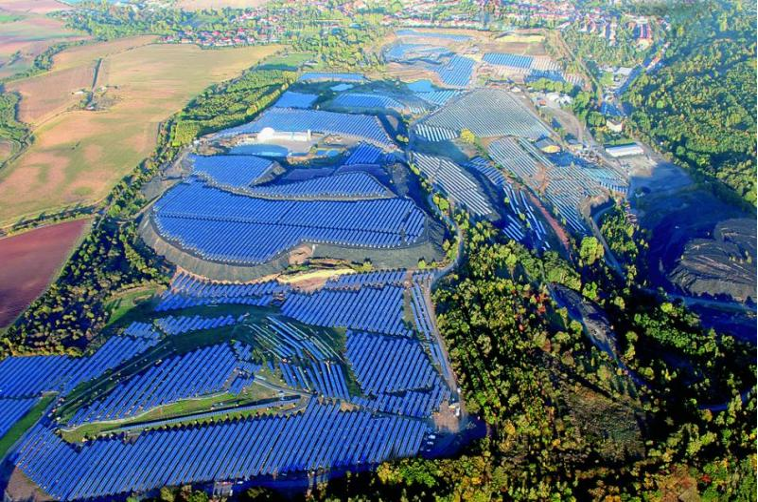
3. Japan
Since the late 1990s solar energy in Japan has been expanding. Japan is a prominent manufacturer and exporter of photovoltaics and a big installer of residential photovoltaic systems, most of which are grid-connected. Japan has solar radiation of about 4.3 to 4.8 kWh.
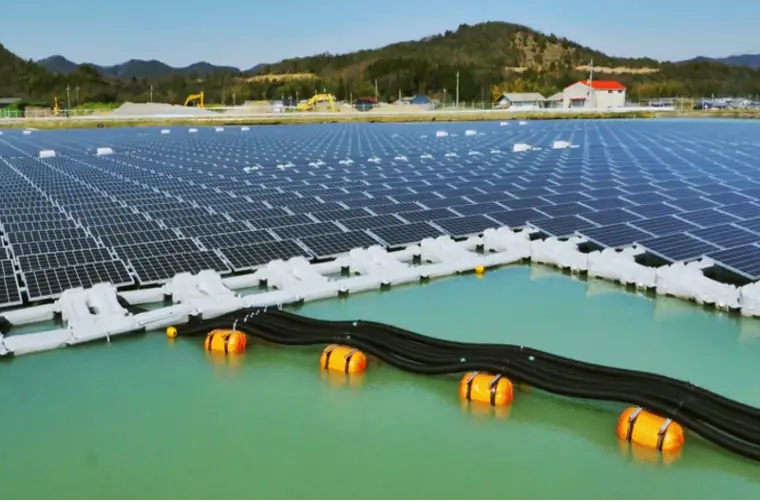
4. Netherlands
At the end of 2018, solar energy in the Netherlands had an installed capacity of around 4,300 megawatts (MW) of PV. Around 1,397 MW of new capacity was established in 2018, the second-highest number in Europe for that year. The watts per capita as of now are 396, and the share of the world total is 1.4%.
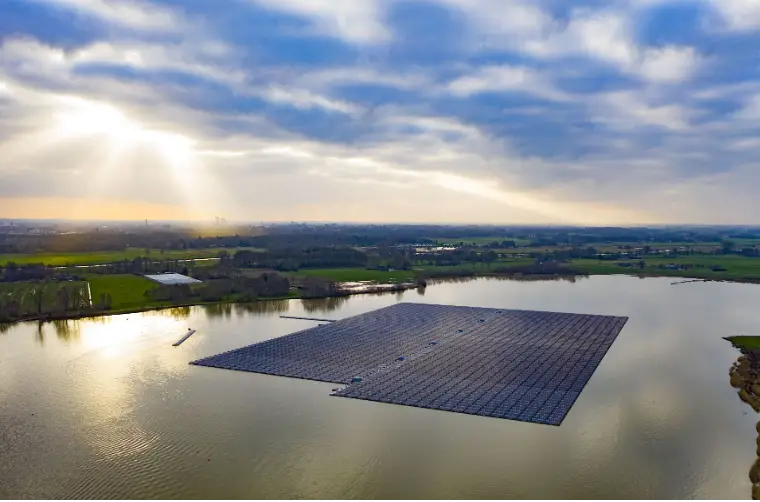
5. Belgium
The Belgium solar power market is expected to record a CAGR of over 8% during the prediction period 2022-2027. The country reported a slowdown in PV installations as the COVID-19 pandemic first struck. But the recovery has been vital in a short space of time, surpassing 2019 installations in 2020.
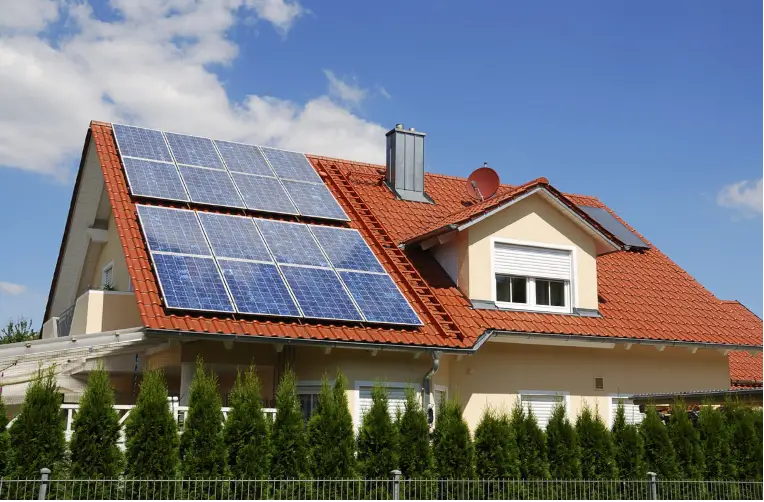
6. Italy
Italy is one of the top countries in Europe and the world when it comes to renewable energy production. After hydropower, solar energy is the star of our green energy sources. Photovoltaics, in particular, represents one-fifth of all the green energy we produce and meets between 7% and 8% of the nation’s total energy needs.
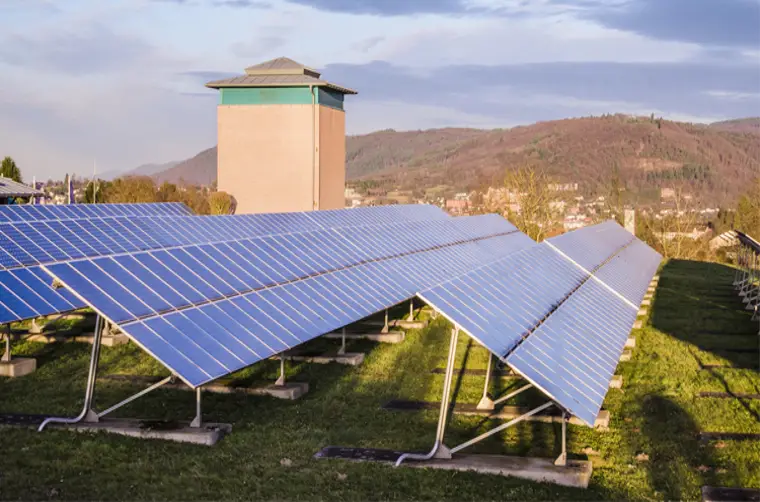
7. Malta
Energy in Malta describes the production, consumption, and import of power in Malta. Malta has no indigenous fossil fuel resources and no gas distribution network and is mainly dependent on imported fossil fuels and electricity for its energy needs. Since 2015, the Malta-Sicily interconnector has enabled Malta to connect to the European electricity grid and import a significant part of its electricity.
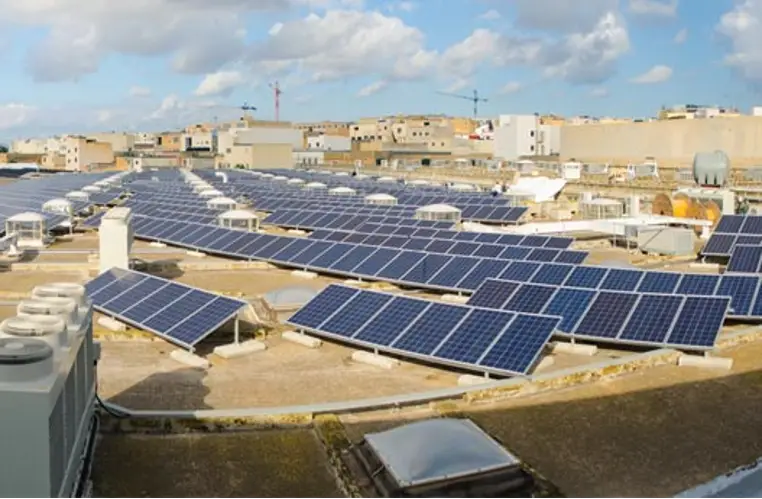
8. Switzerland
Solar energy in Switzerland has grown significantly in recent years due to falling system costs and a feed-in tariff introduced by the Swiss government. The Installed capacity in megawatts, is 3,118, the Watts per capita is 295, and the share of the world total is 0.4%.
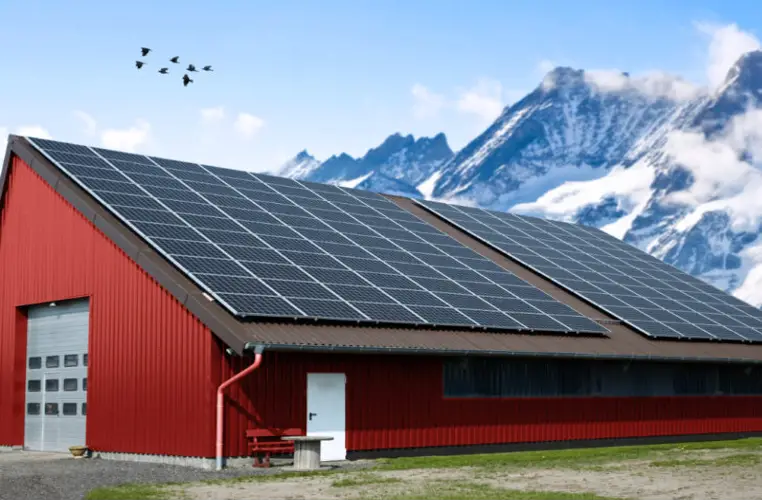
9. Greece
The Greece solar power market is expected to report a CAGR of over 8% during the prediction period 2022-2027. The COVID19 outbreak affected the Greece solar power market due to delays in the approval processes for new solar projects and insufficient labor force for ongoing solar projects.
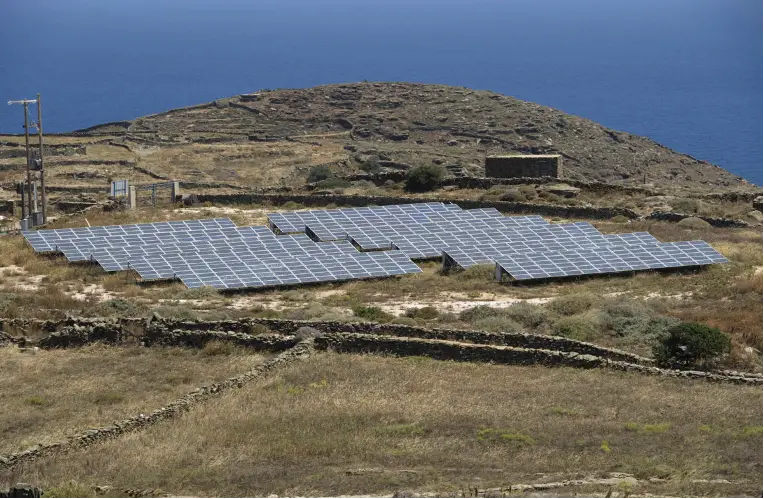
10. Luxembourg
International Renewable Energy Agency stated that at the end of 2020, Luxembourg had a total PV capacity of 195 MW. The country is currently promoting solar energy through a feed-in tariff system. The capacity in megawatts is 195 and the watts per capita is 244, and the share of the world total is 0.03%.
